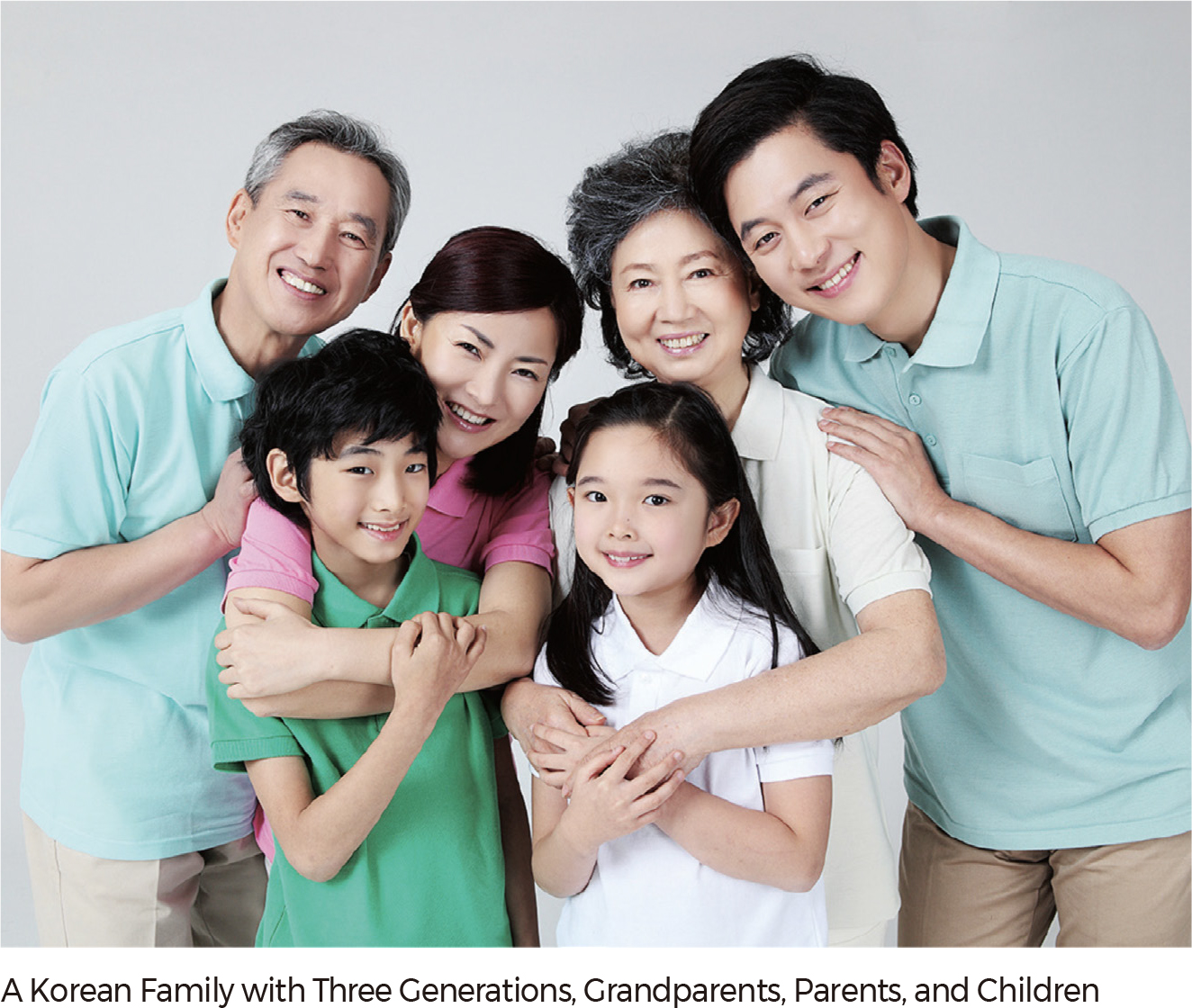Comprehensive Edition 2022
South Korea is among the most densely populated countries of the world, with 51.8 million people in 2020, a population density of 520 people/km2. Among large countries with over 10 million people, Korea’s population density is second only to that of Bangladesh. Population is unevenly distributed, clustering around Seoul and other large cities such as Daegu and Busan. About 50 percent of Korea’s population resides in the Seoul Metropolitan Area as of 2020. Mountainous areas to the east and north are much more sparsely populated. The rural population was larger than the urban population until the 1970s. However, as the urbanization rate in -eup areas has expanded, no more than 90 percent of Korea’s population lives in cities.
Korea’s population has grown rapidly over the last century, roughly doubling since 1960. Beginning in the 1960s, many people migrated from rural to urban areas, resulting in massive population growth in the cities until the early 1990s. While the total number of people increased, there was also a shift in the population age distribution, as illustrated using population pyramids. In 1960, young people outnumbered older people. The largest age group was that of the 5–9-year-olds. By 2020, the largest group was middle-aged, 40–44-year-olds. In 1960, fewer people reached old age; few lived beyond 70. In 2020, many more lived beyond 70 years, especially women. There were fewer children, however. This shift in age distributions is a pattern typical for many countries during the past century.
An aging population and fertility decline have drastically changed Korea’s population structure. Korea’s population is now aging at the fastest pace in the world due to a plummeting birth rate and extended life expectancy.
In 2000, the trend of an aging society had become apparent, with over 7% of the population aged 65 years or older; by 2017, over 14% of the population was aged 65 years or older. Although a longer life expectancy has affected the population’s aging, the decline in the birthrate has played a crucial role. Total fertility rate (TFR) is a standard demographic indicator used internationally to estimate the average number of children that a woman will have over her childbearing years, based on current birth trends. In the early 1970s, the TFR was about 4.5 but had declined to below-replacement fertility in the early 1980s.
According to OECD standards, the TFR is classified as a "low birth rate" if it is below 2.1 births per woman and "super low birth rate" if falls below 1.3. In 2019, Korea’s total fertility rate fell below 1. The death toll decreased steeply from the 1960s to the 1970s, but it has remained unchanged since the 1980s. Due to such changes in births and deaths, Korea’s natural growth in population has become lower than the averages of both the world and OECD countries, and the nation is now facing a demographic cliff. In 2019, all regions but the Seoul Metropolitan Area and Jeju-do were experiencing negative natural growth in their populations. Both TFR and the number of babies born each year rapidly decreased through the financial crisis in the late 1990s. The rapidly aging population and associated demographic changes have raised serious issues that might cause enormous social and economic effects. |




